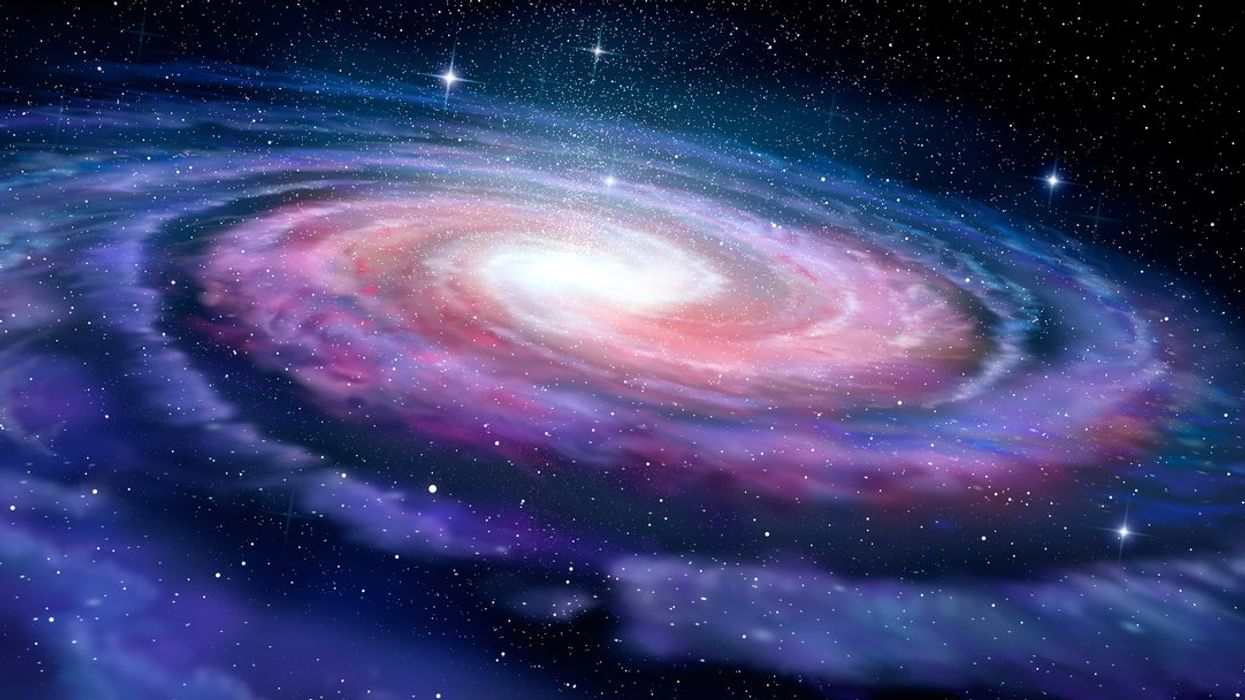News
Greg Evans
Apr 29, 2018

Picture:
Getty Images/iStockphoto
Research by astronomers has revealed that 14 different galaxies are about to collide in space.
Data published in the science journal Nature shows that astronomers have detected the early stages of a cosmic collision that is 90 per cent of the way across the observable universe.
The collision is believed to have happened 1.4 billion light-years after the Big Bang and is said to be 12.4 billion light-years away from Earth.
At this stage, the object has already been named a galactic protocluster by experts and is a predecessor of the galaxy clusters that make up some of the largest objects in today's universe.
The space in which these 14 galaxies occupy is reportedly only four times the size our own Milky Way, and it is the first time that galaxy cluster has ever been observed.
Yet it's very existence has left astronomers shocked, as a protocluster like this should not have happened for several billion years later.
Scott Chapman of Dalhousie University in Canada is quoted by the New York Post as saying:
We were staggered by the implications.
Yes, conventional wisdom was that clusters take a lot longer to build up and assemble.
SPT2349 shows us it happened much more rapidly and explosively than simulations or theory suggested.
This galaxy cluster, which has been assigned the named SPT2349, is believed to be 10 trillion times larger than our sun.
Galaxy clusters of this size typically contain huge masses of dark matter, black holes and dark matter, with this particular galaxy capable of forming stars at 10,000 times the rate of our galaxy.
Furthermore, the experts believe that SPT2349 has increased in size since its inception and may eventually become one of the largest objects in the known universe.
Tim Miller, another lead author on the study and a doctoral candidate at Yale University said in a statement, via Space.com:
How this assembly of galaxies got so big, so fast is a mystery.
It wasn't built up gradually over billions of years, as astronomers might expect.
This discovery provides a great opportunity to study how massive galaxies came together to build enormous galaxy clusters.
HT NY Post
Top 100
The Conversation (0)













